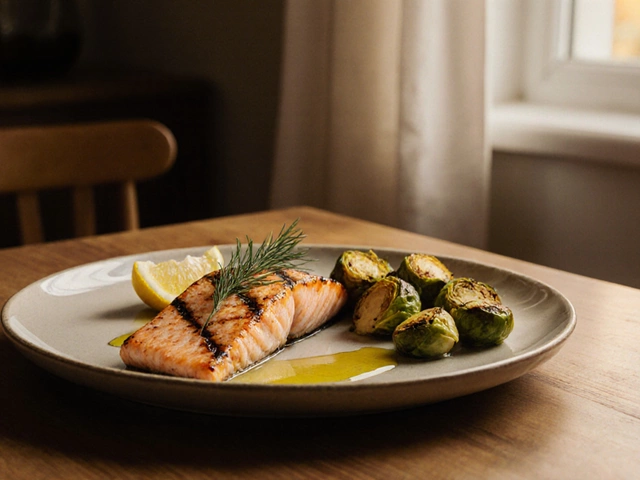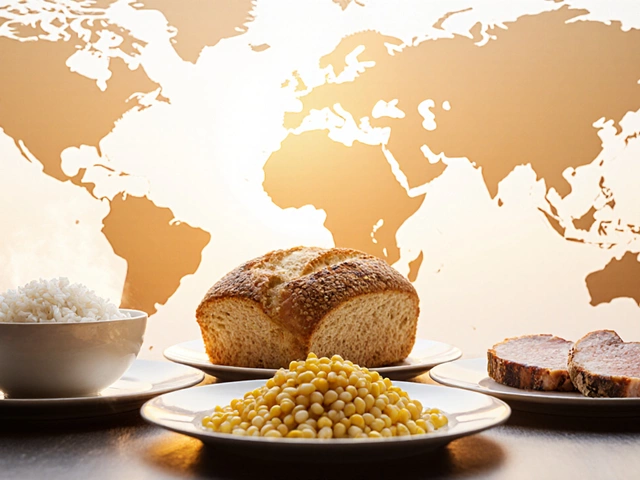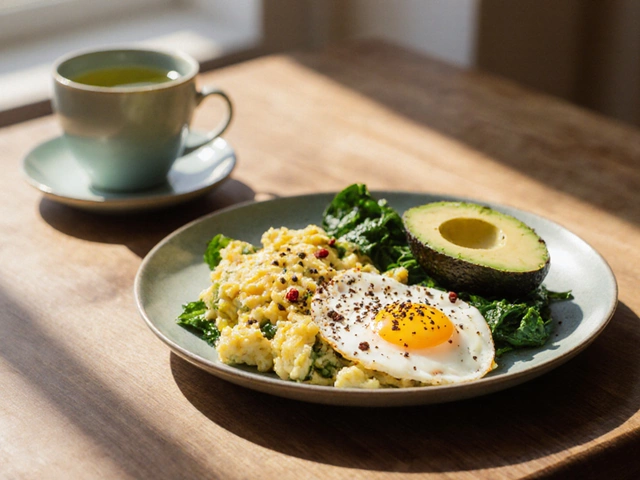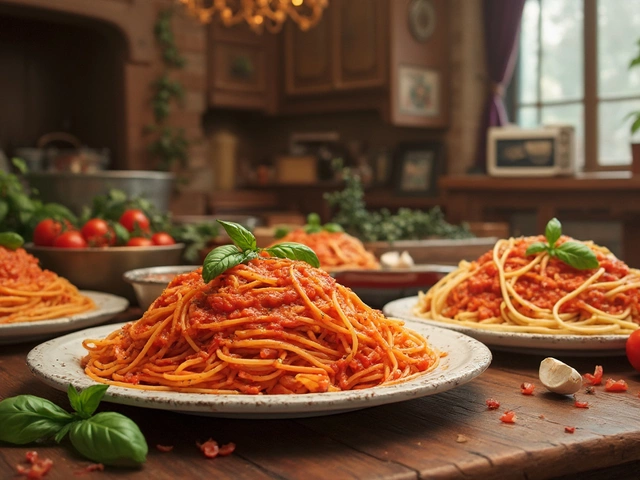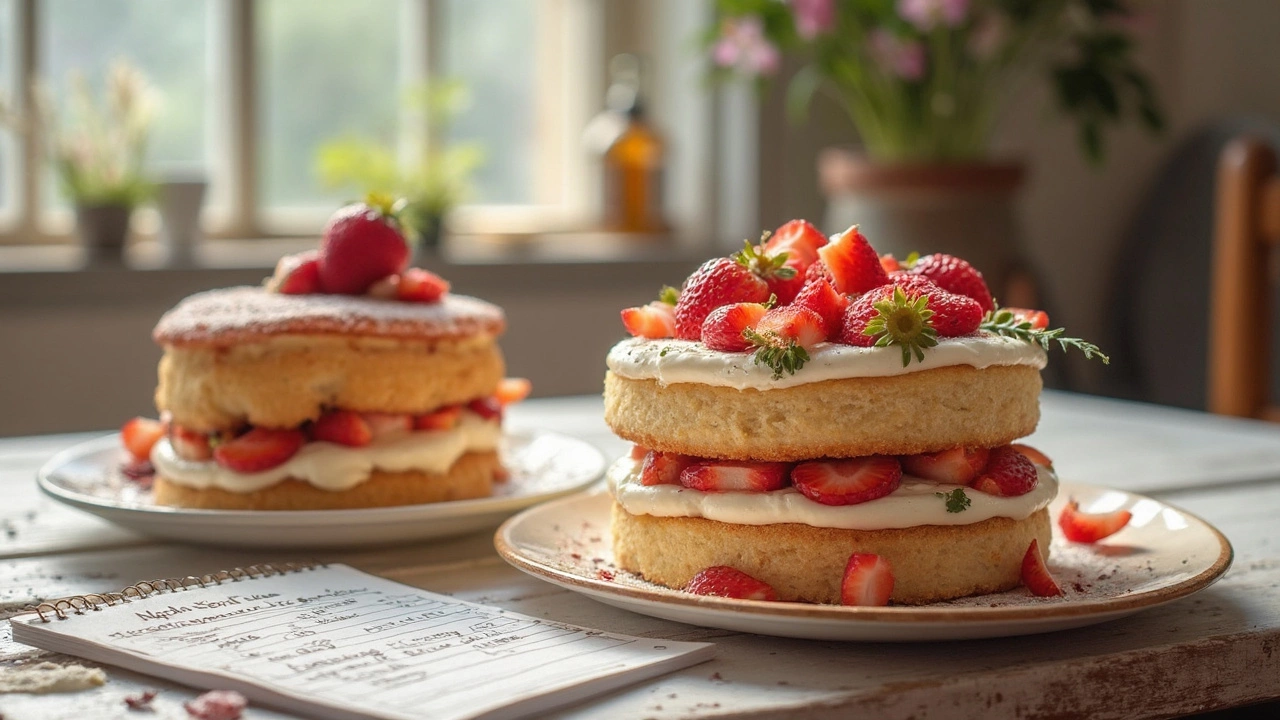
If you’re craving something sweet and light, angel food cake probably pops into your mind. But calling it “healthier” than regular cake? That depends on a few things you might not expect. Most folks look at angel food cake and see something so fluffy, it hardly seems like it could hurt your diet. But what’s actually going on behind that spongy texture?
Here’s the thing—angel food cake skips the butter, oil, and egg yolks that you’ll find in most cakes. Instead, it’s all about whipped egg whites, sugar, and a bit of flour. That means almost no fat, way fewer calories, and practically zero cholesterol. Sounds great, right? But before you start swapping every birthday cake for angel food, there are a few catches you should know about, especially if you’re someone who watches sugar or wants to feel full after dessert.
- What Makes Angel Food Cake Different
- The Nutrition Breakdown: Calories, Sugar, and Fat
- When Is Angel Food Cake the Better Choice?
- Tips for Healthier Cakes, Whichever You Choose
What Makes Angel Food Cake Different
Angel food cake isn’t just a fluffier, less sweet cousin of regular cake—it actually flips the script when it comes to cake basics. The standout ingredient? Egg whites. Instead of using butter, oil, or even whole eggs like most desserts, angel food cake calls for whipped egg whites to give it that light, airy feel. This swap makes a big difference. You’re getting the lift from air and protein, not fat.
The ingredients list is simple but pretty different from what you’d see in a yellow or chocolate cake. Here’s a rough look at the classic base:
- Egg whites (no yolks)
- Sugar (usually granulated, sometimes super fine)
- Cake flour (softer, lighter than all-purpose flour)
- Cream of tartar (helps keep egg whites stiff and tall)
- Bit of vanilla or almond extract for flavor
- No butter, oil, or milk involved
This short list means fewer calories and almost no fat, which is why folks turn to angel food cake when they want dessert that won’t drag them down. But it also means you’re biting into a cake that’s mostly carbs and sugar—there’s no real fiber or nutrients to brag about. Still, for something that tastes like it floats, the recipe stays incredibly simple.
Here’s how angel food cake stands out next to a basic vanilla cake (per slice, about 1/12th of a cake):
| Cake Type | Calories | Total Fat (g) | Cholesterol (mg) | Sugar (g) |
|---|---|---|---|---|
| Angel Food | ~140 | 0 | 0 | 15 |
| Vanilla Cake (with butter) | ~260 | 12 | 45 | 20 |
That’s a pretty noticeable difference, not just on the scale but also for anyone watching cholesterol or skipping dairy. It’s actually one of the few desserts that friends with high cholesterol can eat without much worry.
If you’re someone who bakes at home, you’ll notice angel food cake also needs a special pan—one without nonstick coating. That’s because it needs to “climb” the sides as it rises. Try that in a regular cake pan, and you usually end up with a pancake instead of a fluffy cake.
The Nutrition Breakdown: Calories, Sugar, and Fat
It’s easy to look at a slice of angel food cake and think it’s a magic answer for anyone watching what they eat. But let’s look at the real numbers. A generous slice of store-bought angel food cake (about 80 grams) has roughly 130 calories, 0 grams of fat, 29 grams of carbs, and around 15 grams of sugar. Not too shabby if you’re watching calories or avoiding fats. And since it’s light and made mostly with egg whites, there’s a little bump of protein—usually about 4 grams per serving. That’s more than you’d get from most standard cakes.
Now, put angel food cake up against a classic yellow cake made with butter and eggs, and you get a different story. A similar-sized slice (about 80 grams) can clock in anywhere from 250 to 350 calories, usually 10–15 grams of fat, 40 grams of carbs, and between 20–30 grams of sugar, depending on how much frosting you slather on top. Most of that fat comes from butter or oil, plus the egg yolks. You’ll find a little more richness here thanks to the fat, but definitely more calories if you’re not careful.
One thing to keep in mind: while angel food cake wins in the low-fat and low-calorie categories, both types of cake are still pretty high when it comes to sugar. Sugar makes angel food cake taste sweet and helps keep its fluffy texture, but if you watch your blood sugar or just want to avoid a sugar crash, it’s not a free pass. Another tip—lots of store-bought versions use additives or extra sweeteners, so always check the label if you’re concerned about ingredients.
To sum it up, angel food cake is a solid pick if your main concern is fat and calories, but it’s not exactly a nutritional powerhouse. Regular cake has more fat and calories, but can be more satisfying, especially if you’re not a big fan of super-sweet, airy desserts. If you want to make either option a bit better, go lighter on the toppings and pair your slice with fruit instead of frosting.

When Is Angel Food Cake the Better Choice?
So, when does it actually make sense to grab that slice of angel food cake instead of a regular hunk of chocolate or yellow cake? If you’re counting calories or trying to skip out on fat, this cake wins without trying. A typical serving—think one-twelfth of a standard cake—has about 140 calories and almost no fat. By contrast, the same size serving of frosted yellow cake can spike past 350 calories and pack a solid 15 grams of fat.
The no-fat brag isn’t the only draw. If you need to avoid cholesterol because of medical reasons or family history, angel food cake is made with only egg whites—so you won’t find a trace of cholesterol from egg yolks or butter. It’s also a smart go-to if you’re looking for something that feels light after a heavy meal but don’t want to bail on dessert completely.
| Type of Cake | Calories (per serving) | Fat (g) | Cholesterol (mg) | Sugar (g) |
|---|---|---|---|---|
| Angel Food Cake | 140 | 0 | 0 | 20 |
| Yellow Cake (with frosting) | 370 | 15 | 55 | 38 |
| Chocolate Cake (with frosting) | 390 | 17 | 65 | 35 |
If you’re bringing dessert to a potluck and want something safe for folks who worry about fat or cholesterol, angel food cake is hard to beat. It’s also easy to lighten up even more—top with fresh berries and skip the whipped cream, or try a sprinkle of cinnamon for extra flavor without added sugar.
- Great for low-fat or low-cholesterol diets
- Works for calorie-conscious eaters
- Easy to pair with fruit for more nutrition
- Avoids heavy, bloating feelings after eating
But angel food cake probably isn’t your best bet if you want to feel super full or need a dessert with more protein or fiber. It’s best when you just want that sweet fix—light and easy.
Tips for Healthier Cakes, Whichever You Choose
Whether you’re a fan of plain old chocolate cake or the cloud-like feel of angel food cake, there are some easy ways to keep things on the lighter side. No need to pull out fancy chef tricks to make your cake a bit better for you.
- Swap out white flour for whole wheat pastry flour. It adds a little more fiber without making the cake dense. For angel food cake, don’t go 100% whole wheat; try half and half.
- Lower the amount of sugar by a quarter without wrecking the taste. Believe it or not, most recipes use more sugar than you need.
- Use unsweetened applesauce to replace half the oil or butter in basic cakes. This keeps the cake moist but drops the fat and calories. For angel food cake, don’t add fat—just use the original recipe, but watch the toppings.
- Pick fresh fruit as your topping instead of frosting or heavy whipped cream. Sliced strawberries, blueberries, or even peaches add natural sweetness and fiber.
- For portion control, bake cupcakes or make a sheet cake and slice it into smaller pieces. Smaller servings help you avoid overdoing it—one slice is about 1/12th of a regular cake (around 200-400 calories, depending on the cake and recipe).
Here’s a quick look at how a traditional cake and angel food cake usually stack up per slice, before making any swaps:
| Type | Calories | Sugar (g) | Fat (g) | Protein (g) |
|---|---|---|---|---|
| Angel Food Cake | ~140 | 28 | 0 | 4 |
| Yellow Cake (with frosting) | ~350 | 36 | 15 | 3 |
If you want to go a step further, try baking with natural sweeteners like stevia or monk fruit. These can cut sugar content even more without weird aftertastes if you use them right. Just be sure to follow a tested recipe since sweetener swaps can mess with texture (especially in spongy desserts).
And here’s a tip most people ignore—skip the fancy store-bought cakes when you can. Homemade cakes almost always let you control what goes inside, which pays off if you’re paying attention to your health.

